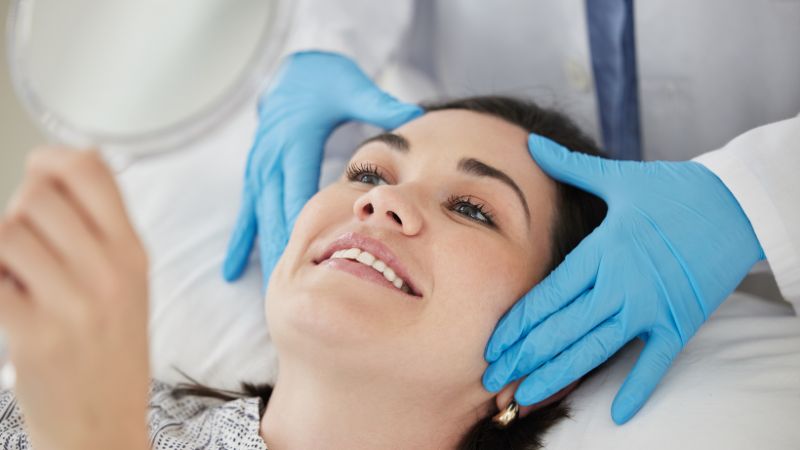
Your skin is more than just a protective layer – it’s part of who you are, reflecting your life experiences and resilience.
At Complete Skin Specialists, we recognise that every skin journey is unique. That’s why we combine clinical dermatology and evidence-based cosmetic treatments to support your skin health and confidence.

Skin is your largest organ and is prone to over 1,500 distinct conditions, ranging from mild to complex. Because skin is visible, many conditions may also impact confidence and emotional wellbeing. At Complete Skin Specialists, we understand the broader impact a skin condition may have on your life.
Treatment may support improvements in comfort, appearance, and overall skin health. Our team provides compassionate, comprehensive care that can include both medical and cosmetic approaches, tailored to your individual needs.
Acne may be addressed using a combination of topical, oral, or cosmetic treatments tailored to individual needs.
Eczema is a condition that causes dry, itchy skin. Management plans are personalised and may include trigger identification, barrier support, and therapeutic options.
Hyperhidrosis (excessive sweating) can be challenging to manage; we offer assessment and treatment options to support symptom control.
Skin cancer prevention and management includes clinical skin checks, mole monitoring, and early detection strategies, particularly important in sunny Australia.
Psoriasis is an autoimmune condition that may benefit from targeted management plans including flare management and skin support.
Rosacea may be managed through prescription medication, skincare advice, or laser treatment, depending on the type and severity of symptoms.
Alopecia can present in different forms. A comprehensive assessment helps guide treatment options to support scalp and hair health.
Our qualified practitioners conduct a thorough assessment before recommending performing any treatments. Individual results may vary.
Yes, you will need a referral from your GP before booking an appointment to see a dermatologist. We require the referral in advance so that our clinical team can review and appropriately triage your case.
Every skin journey is unique. Here’s what your treatment pathway at Complete Skin Specialists might look like, based on your skin concerns and goals.

Meet with one of our specialist dermatologists for a thorough assessment of your concerns.
For example, you may be seeking help to:
Your Dermatologist will explain your diagnosis, discuss treatment options and outline any recommended follow-up. You may also discuss medications and what to expect during your treatment.

Begin your skin health journey with our qualified dermatologists and receive ongoing, personalised care tailored to your needs.
With any treatment, individual results may vary.
Please book an appointment with Complete Skin Specialists to discuss which treatment is right for you.
If you’re a new patient, you’ll be invited to attend an initial consult prior to your service to ensure it’s right for you.

See your GP to obtain a referral

Initial consult to discuss
skin concerns and goals

Receive a treatment plan to support your skin health
